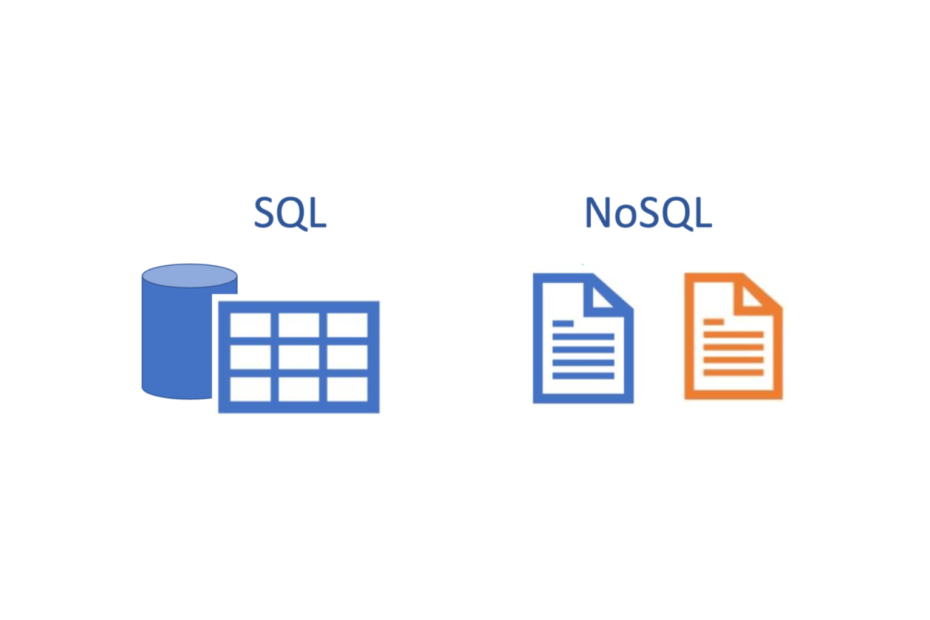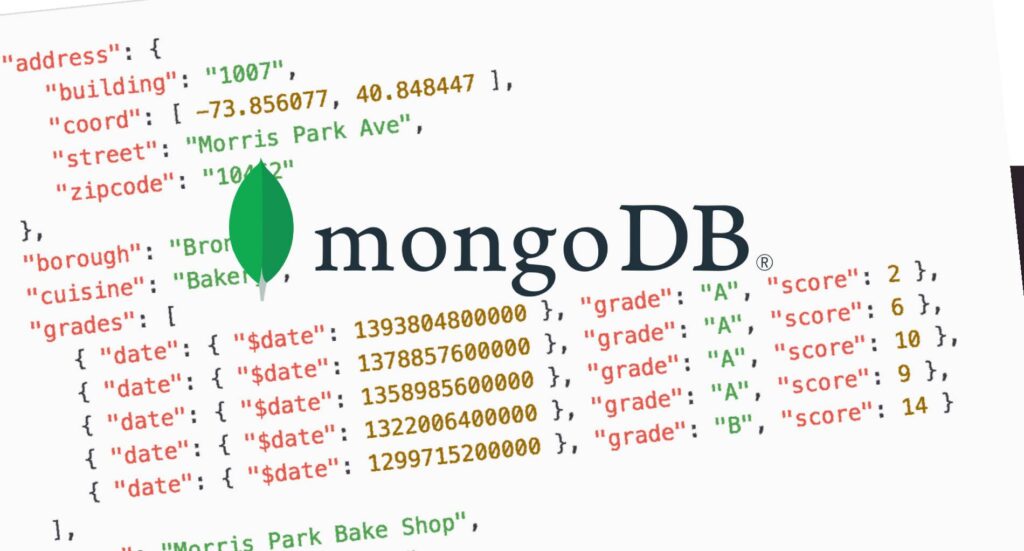Effective database management is critical in today’s data-driven environment for powering apps and creating seamless user experiences. SQL (Structured Query Language) and NoSQL (Not Only SQL) are two prominent database systems that have gained popularity. Understanding the distinctions between these two approaches is critical for businesses and developers who want to make informed decisions about data storage solutions.
What is SQL?
SQL, often known as relational databases, is a table-based, structured method to data administration. It employs a specified schema to design the data structure, which includes tables, columns, and relationships between them. SQL databases store data in rows and columns, making them highly organised and perfect for dealing with structured data.
The Advantages of SQL
Data Integrity: SQL databases maintain data integrity via constraints and foreign key associations, ensuring accurate and consistent data storage.
ACID Compliance: SQL databases adhere to ACID (Atomicity, Consistency, Isolation, and Durability) characteristics, ensuring data reliability and transactional consistency.
Mature Technology: SQL databases have been in use for decades, making them a well-established and trustworthy alternative for a wide range of applications.
Scalability: SQL databases have proved scalability in a variety of industries and can manage massive amounts of structured data.
The Limitations of SQL
Schema Rigidity: The predefined schema makes it challenging to adapt to changing data requirements, especially in dynamic and rapidly evolving projects.
Vertical Scalability: Scaling SQL databases vertically by adding more powerful hardware has limitations compared to horizontal scaling.
Complexity: Managing relationships between tables and maintaining referential integrity can be complex and time-consuming.
Not Ideal for Unstructured Data: SQL databases are not well-suited for handling unstructured or semi-structured data like social media posts or log files.
List of some SQL Database
What is NoSQL?
As the name implies, NoSQL databases are databases that are not restricted to the traditional SQL-based relational paradigm. They provide a flexible and schema-free data storage technique, making them highly adaptive to dynamic and unstructured data.
The Advantages of NoSQL
Flexible Schema: NoSQL databases hold data without requiring a set schema, allowing developers to swiftly adapt to changing data patterns.
Horizontal Scalability: NoSQL databases thrive in horizontal scaling, allowing them to handle massive volumes of data and significant traffic.
High Performance: NoSQL databases are optimised for certain data models, resulting in faster data retrieval and increased query performance.
Big Data and Real-Time Analytics: Big data handling and real-time analytics applications are well suited for NoSQL databases.
The Limitations of NoSQL
Lack of ACID Properties: Contrary to SQL databases, not all NoSQL databases provide ACID compliance, which could pose problems with data consistency under certain conditions.
Less Mature Technology: Despite the rise in popularity of NoSQL databases, certain solutions might not be as developed as SQL databases, raising possible stability issues.
Limited Query Capabilities: Due to their limited query capabilities, some NoSQL databases may make it more difficult to execute complicated queries.
Less Support for Joins: Complex joins are frequently not supported by NoSQL databases, which may necessitate additional processing on the application side.
List of some No SQL Database
Comparing SQL and NoSQL
The choice between SQL and NoSQL depends on a number of variables, including the type of data being used, project requirements, and future scalability requirements. Let’s compare quickly:
| SQL | NoSQL | |
| Schema | Fixed | Flexible |
| Scalability | Vertical | Horizontal |
| Querying | Complex SQL queries | Simple key-value queries |
| Data Types | Structured data | Unstructured or semi-structured data |
| ACID | Generally supported | Support varies among NoSQL databases |
| Use Cases | Well-suited for structured data | Ideal for unstructured and big data |
When to Choose SQL
Think about using SQL when
Because of its intricate structure, your data need tight data integrity.
Your application must be ACID compliant.
Your data requirements are predictable, and your schema is clearly defined.
Complex queries involving joins and aggregations are needed for your project.
When to Choose NoSQL
NoSQL should be used when:
Your data is semi- or unstructured, and the schema can be subject to frequent changes.
For your application, handling massive data and horizontal scaling are crucial.
Either eventual consistency or ACID qualities are acceptable.
For real-time applications, high-performance data retrieval is required.
Key Considerations for Choosing a Database
When deciding between SQL and NoSQL, keep the following factors in mind:
Data Structure: Consider the nature of your data and if a structured or unstructured format would be more appropriate.
Scalability: In order to select the best database system, take into account your current and future scalability needs.
Complexity: Assess the complexity of your queries and how well the database can handle them efficiently.
Consistency vs. Flexibility: Choose whether eventual consistency is acceptable or whether ACID characteristics are essential for your application.
Real-World Examples of SQL and NoSQL Implementations
SQL Implementation: An SQL database is used by a retail business to hold customer information, order information, and inventory information. Complex queries aid in inventory management, while SQL’s organised nature ensures data veracity.
NoSQL Implementation: A NoSQL database is used by a social media platform to manage user-generated material, including posts, comments, and likes. NoSQL’s adaptability enables quick adjustments to shifting data patterns and strong scalability to handle an expanding user base.
Future Trends in Database Management
As technology continues to advance, the world of database management is evolving. Some emerging trends include:
Graph Databases: Graph databases are gaining popularity for handling complex relationships and network-like data structures.
Time-Series Databases: With the rise of IoT and real-time analytics, time-series databases are becoming essential for efficiently storing and querying time-stamped data.
Cloud-Native Databases: Cloud-native databases offer seamless integration with cloud platforms, providing scalable and cost-effective solutions..
Related Articles
Comprehensive Guide: How To Backup And Restore MongoDB Database
MongoDB Interview Questions And Anwers
Understand The Background Of Free AI Tool Now
The Requested Url /Phpmyadmin/ Was Not Found On This Server
Why We Need WordPress Website Backup And Restore
Conclusion
In conclusion, the exact requirements of your project will determine whether you should use SQL or NoSQL. When ACID qualities are required and structured data is involved, SQL databases are the best option. NoSQL databases, on the other hand, offer exceptional scalability and performance for managing unstructured data.






